Siemens’ headquarters in Munich have undergone an astonishing upgrade and have also got a DGNB Platinum and LEED Platinum certification for its energy efficiency and eco-green aspects. The company gave Henning Larsen Architects the mega project of re-structuring the courtyard building at Wittelsbacherplatz in Munich, Germany. The building saw a comprehensive sustainable strategy panned out and built around Siemens’ eco-friendly technology which includes solar panels and energy efficient lighting.
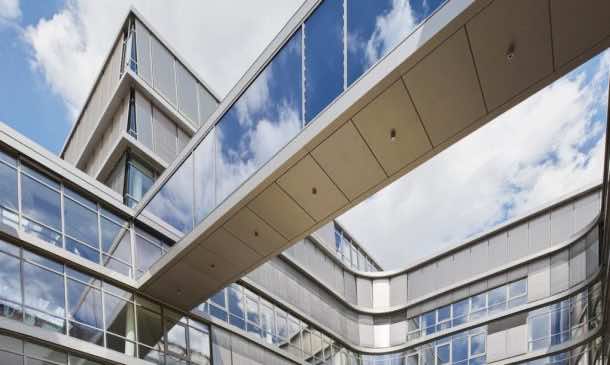
Salient features include green renovation, a larger courtyard, LEED Platinum certification standard modifications and an intelligent building design.
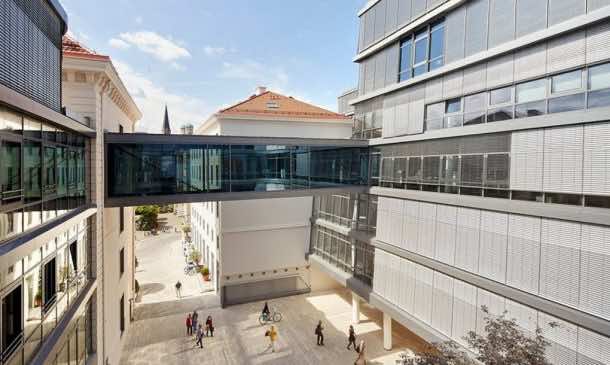
The building consists of a single volume, and has four rectangular courtyards. It also entails a publicly accessible ground floor providing a new connection between the areas of downtown Munich and the museum district. The installation of Floor-to-ceiling windows and a very satisfying and intelligent spatial organization allows the employees to have visual connection to their colleagues throughout the building.
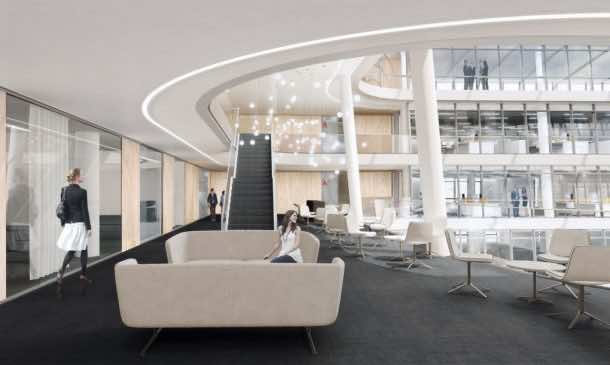
There are various open areas as well which are meant to be meeting spaces for the people to be used for collaboration across departments.
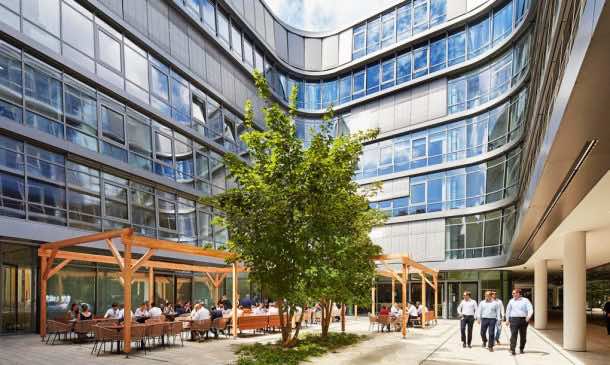
And the icing on the cake, the holistic approach towards building a sustainable design means the new building sucks up 90% less electricity and 75% less water. This translates into a huge monetary profit for Siemens, and also makes the building incredibly Eco-friendly. The employees themselves can alter the heating, ventilation, and air conditioning systems of the building. And the smart building technology enables real-time data acquisition from 30,000 data points which allows a comprehensive insight into the daily energy performance of the building.
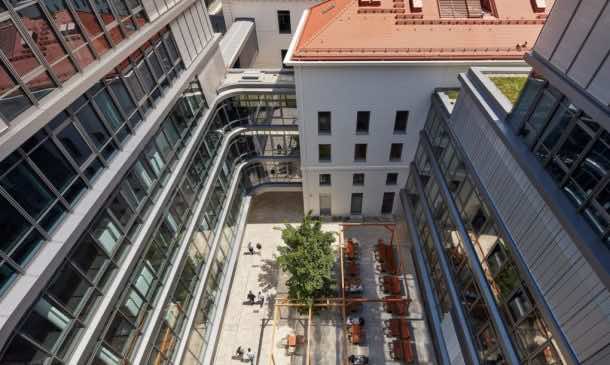
Have anything more to add to this article? Comment below!


